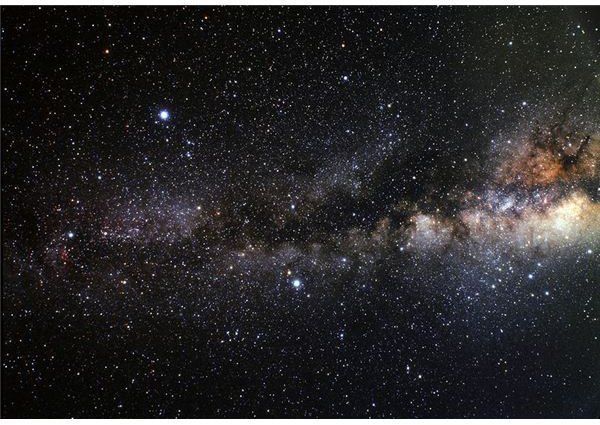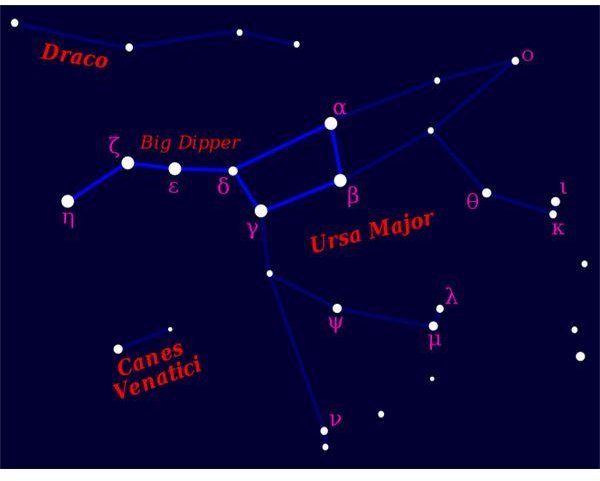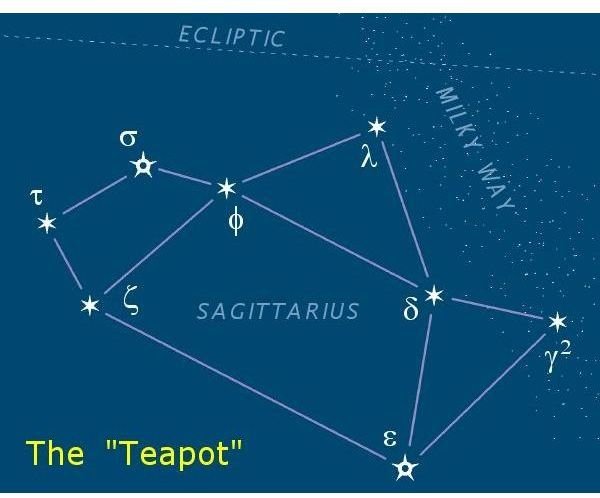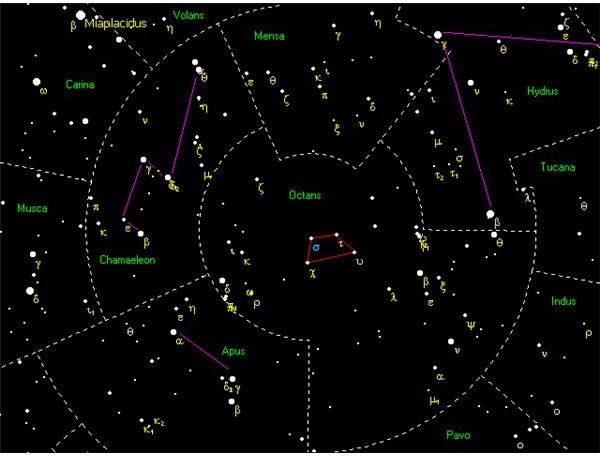Astronomical Asterisms: What Are They And How Do They Differ from Constellations?
Throughout history, man has been fascinated by and created stories about the patterns in the sky. Sailors and other travelers used these patterns for navigation, while other cultures marveled over the pictures and symbols they believed they could see in the heavens.
Asterism Versus Constellation: Which Is Which?
Most people can probably locate the Big Dipper, and they probaby believe that it is one of the better-known constellations. However, the fact is the Big Dipper is not a constellation after all; it is an asterism. So, what is an asterism? What is the difference between constellations and asterisms?
_
Trapezoidal Asterism in Octans Constellation
To answer these two questions, we need to first define the terms asterism and constellation. Let’s examine information from the International Astronomical Union (IAU) to help us in our defining process.
What is an asterism? According to IAU, “Asterisms are patterns or shapes of stars that are not related to the known constellations but nonetheless are widely recognized by laypeople or in the amateur astronomy community.” (1) As IAU does not officially recognize obsolete or informal constellations, asterism is the more commonly used terminology.
Their patterns may include parts of one or more known constellations, or they may be comprised of several recognizable stars like Vega, or Deneb. Additionally, unlike constellations, which have recognizable boundaries, asterisms may or may not have a defined boundary, and can be a random pattern.
What is a constellation? Constellations are groups of stars with IAU-defined boundaries; currently the IAU recognizes 88 constellations, with boundaries defined in 1930 by Eugene Delporte.
Named Asterisms
Now, let’s look at some well-known asterisms that are parts of some famous constellations. We start with the Big Dipper, which is located in Ursa Major (Great Bear) constellation. The Little Dipper, its companion, is part of Ursa Minor (Little Bear.) Here are some other recognizable asterisms, listed by name, and then by the constellation or star with which they are associated.
- Winter Triangle – Canis Major, also known as the Great Dog, and the star Betelgeuse
- Great Square – Pegasus, which may be referred to as the the Winged Horse
- Water Jug – Aquarius or the Water Bearer
- Teapot/Teaspoon – Sagittarius; also called the Archer
- The Northern Cross – Cygnus the Swan
- Medusa’s Head – Perseus, who was a mythological figure
- Circlet – Pisces, or the Fish
- Job’s Coffin – Delphinius, which is sometimes called the Dolphin
- Keystone – Hercules, the mythological hero
- Lozenge – Draco, or the Dragon, and Hercules
- Sickle – Leo, or the Lion
- Fish Hook – Scorpius, or the Scorpion
If you are an amateur astronomer who just enjoys an evening of stargazing, it probably does not matter if the view includes an asterism, a constellation, or both. If, however, knowing the distinction is important, these simple facts about astronomical asterisms should be of interest.
Asterisms



Reference Sources
1. Author unknown, “The Constellations,” International Astronomical Union, https://www.iau.org/public/constellations/
Author unknown, “Asterisms,” BBC, Edited Guides, https://www.bbc.co.uk/dna/h2g2/A63021359
North Central Kansas Astronomical Society, https://www.nckas.org/asterisms/home.htm
Image Credit
A trapezoidial asterism within the constellation Octans, useful for locating Sigma Octanis by Conrad Leviston under Public Domain
Wide-field View of the Summer Triangle by NASA, ESA credit: A. Fujii under Public Domain
Plough big dipper by Rursus under CCA SA 3.0
Sagittarius teapot asterism by Eoghanacht under Public Domain
